In the construction of large-scale
pipelines, we can see stainless steel flanges as
pipe fittings. Because stainless steel flanges have many excellent characteristics, they have many applications in large-scale pipeline construction. However, because stainless steel flanges are not a common component, many people do not know much about stainless steel flanges. So what are stainless steel flanges like? What are the specific advantages? Let's take a look together!
Advantages of stainless steel flanges
1. The metal activity of stainless steel flanges is relatively weak, which determines that stainless steel flanges have very good corrosion resistance. And because stainless steel flanges belong to steel structure flanges, the surface is very smooth and the strength is very high. They can be directly used for high-pressure water pipes or transporting liquids with certain corrosiveness.
2. Water pipes are made of stainless steel flanges, and there is no restriction on the chemical composition of water. Because stainless steel has good corrosion resistance in water with different oxygen content, temperature, pH and hardness. Stainless steel water pipes can withstand high flow. Even if the flow rate exceeds 40 m/s, they still maintain an extremely low corrosion rate. Not more than 0.003 mm/year, especially suitable for high-rise water supply.
3. The thermal expansion coefficient of flange stainless steel pipes is equivalent to that of copper pipes. It is 1.5 times that of ordinary steel pipes. Stainless steel flanges can withstand higher temperatures and maintain structural stability in high-temperature pipeline and equipment connections. Some special alloy stainless steels (such as 310S) can also work for a long time in an environment above 1000°C without oxidation or failure.
4. Strong compatibility and adaptability to a variety of connection methods: Stainless steel flanges can be manufactured in accordance with various standards (such as ANSI, DIN, JIS, GB, etc.), suitable for pipeline systems of various specifications, flexible connection, easy installation, and reliable sealing performance.
5. Food-grade stainless steel (such as 304, 316L) is non-toxic and harmless, does not precipitate harmful substances, can meet high hygiene requirements, and is widely used in drinking water pipelines, dairy production lines, beer and beverage equipment and other fields.
6. Stainless steel materials are not easy to breed bacteria, nor will they produce rust spots. Surface stains are easy to wipe off, which is conducive to equipment cleaning and hygiene management, especially suitable for clean environments such as pharmaceuticals and food processing.
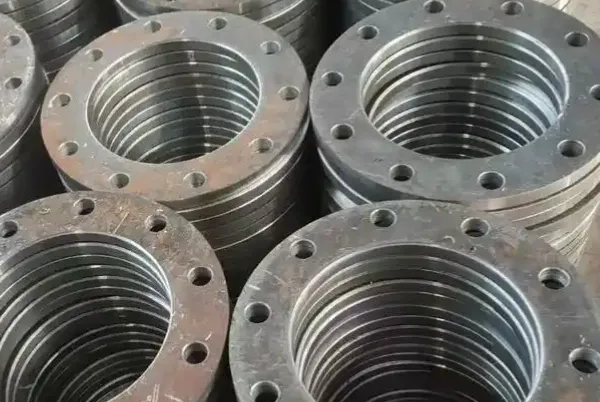
The current should not be too large during welding, and the stainless steel flange should be cooled quickly to prevent damage to the stainless steel flange.
When making stainless steel flanges, the more traditional process is to add appropriate stabilizing elements to the stainless steel flanges, which can improve the performance of the stainless steel flanges to a certain extent.






 English
English Español
Español بالعربية
بالعربية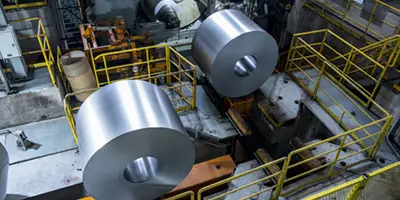

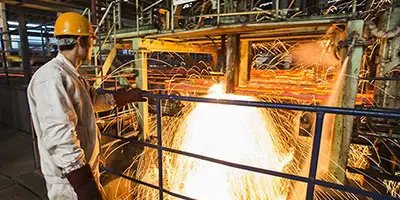
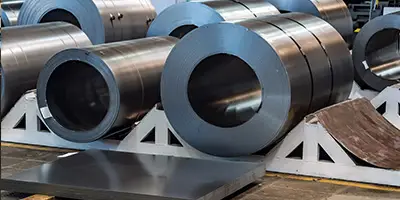

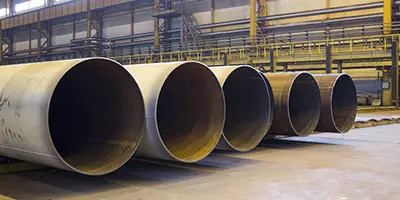
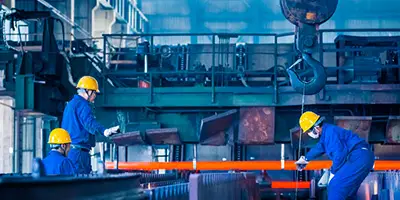
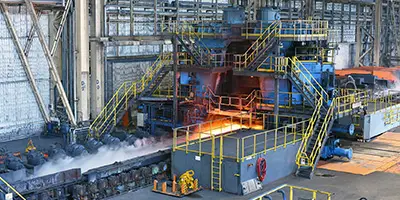
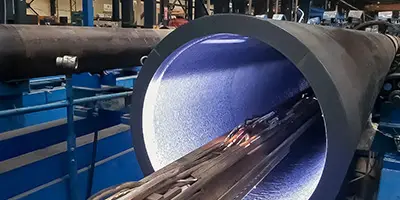
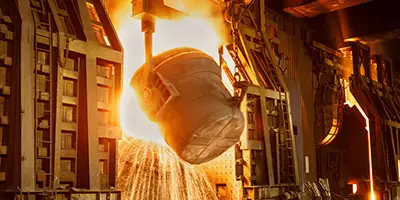
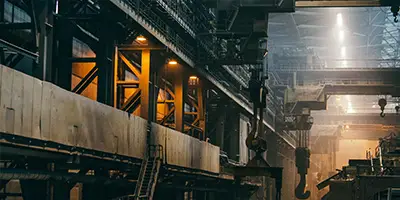

 Phone :
Phone :  Whatsapp :
Whatsapp :  Email :
Email : 


